
PhD defense
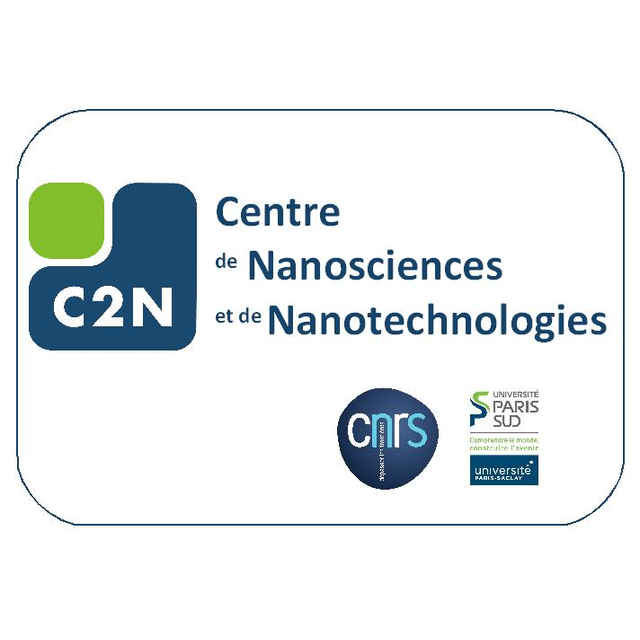
Photonic Computing with Coupled Spiking Micropillars & Extreme Event Prediction in Microcavity Lasers
Centre de Nanosciences et de Nanotechnologies, Amphithéâtre, PalaiseauPhD defense
Jury:
Daniel Brunner, Femto-ST CNRS, Reviewer
Marc Sciamanna, Centrale Supelec Metz, Reviewer
Peter Bienstman, Ghent University, Examiner
Massimo Giudici, Université de Nice Sophia Antipolis, Examiner
Alice Mizrahi, UMR CNRS/Thales, Examiner
Sylvain Barbay, CNRS-C2N Palauseau, Thesis advisor
Abstract:
The work presented in this thesis can be divided into two parts: photonic neuromorphic computing and machine learning applied to photonics. In the first part of the thesis, we present results on excitable micropillar lasers. Excitable lasers exhibit several similarities to biological neurons but operate at much faster timescales. We present experimental and numerical results on independent and coupled micropillar lasers. Depending on the coupling mechanism, the micropillars display a variety of dynamical properties that can be used for neuromorphic computing. In the second part of the thesis, we present numerical results on predicting of occurrence of extreme events by using experimentally recorded data from a quasi 1-D semiconductor laser displaying spatio-temporal chaos. Our prediction is based on partial information of the spatio-temporal field in the system and on the identification of precursors. We analyzed the performance of a variety of machine learning techniques such as Logistic Regression, k-Nearest Neighbours, Reservoir Computing, and Recurrent Neural Networks on the prediction task.
The current restrictions permit a maximum attendance of 50 people. Please register yourself on: https://docs.google.com/spreadsheets/d/1BFno4_OXv_7GSHK28zknz8cIe5tXMOvtFhA-FMo73GE/edit?usp=sharing
However, everyone is welcome to attend my talk virtually using the following link: https://us02web.zoom.us/j/86277738532
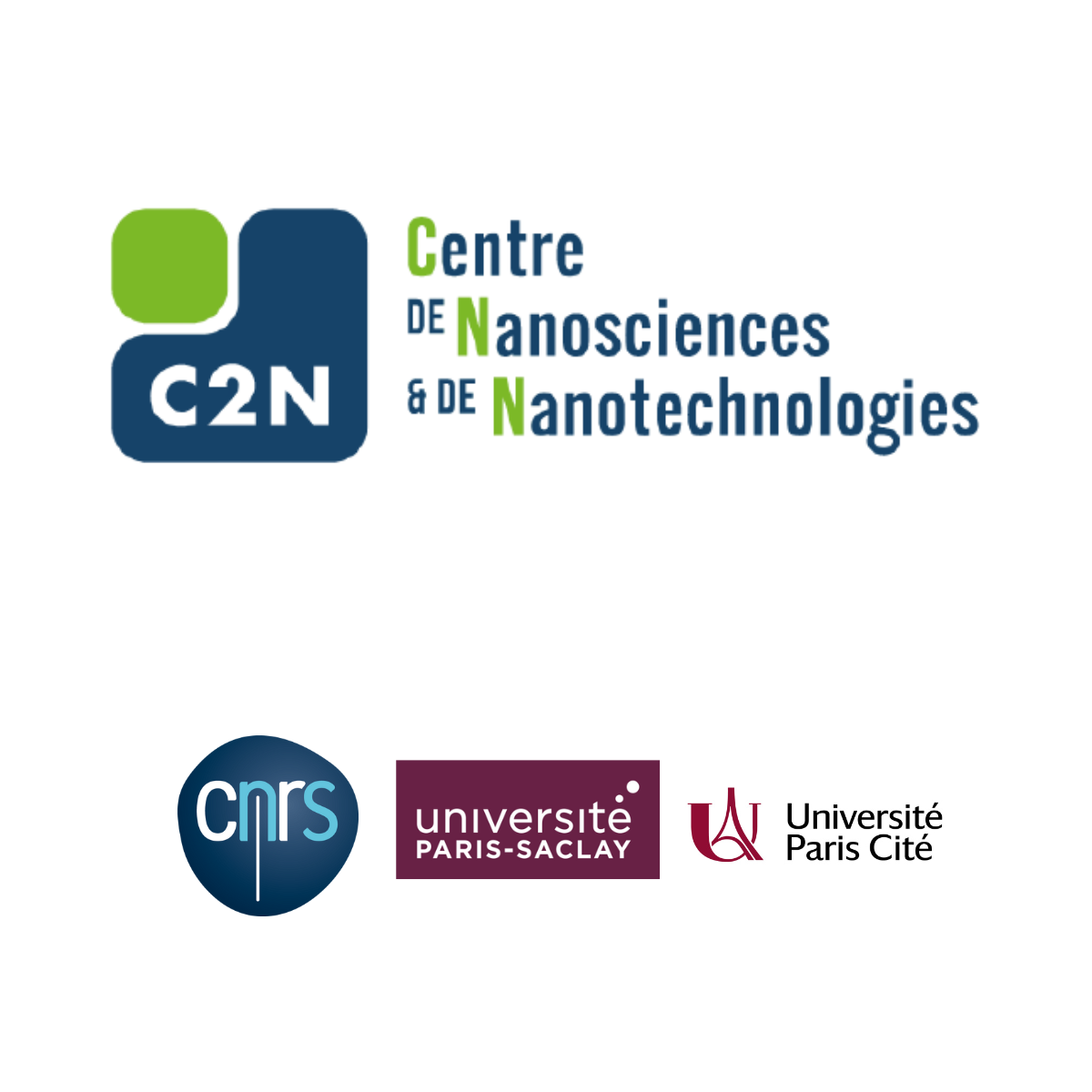
Quantum purity and symmetry control of single-photon sources based on semiconductor quantum dots
C2N - Centre de Nanosciences et de Nanotechnologies, Amphithéâtre, PalaiseauPhD defense
Quantum dots are a key building block for quantum technologies as they are able to generate single photons or entangled photon pairs. The deterministic fabrication of sources based on quantum dots in cavities paves the way towards scalability: we show for the first time that it is possible to obtain homogeneous properties, by studying in detail 15 of our sources. Each characteristic of the quantum dots' emission is measured with a specific setup. Among them, the indistinguishability is accessible through the visibility of the Hong-Ou-Mandel interference. We study how this latter quantity is affected by the presence of additional photons, depending on the nature of that noise. We thus derive a formula to deduce the true single-photon indistinguishability from the measured visibility and apply it to our sources. Finally, the properties of the emission from quantum dots is deeply related to their charge state and symmetry. We propose a new way to control the exciton's symmetry by applying three voltages via a specific structure. This experimental study opens the way to the reproducible generation of entangled photon pairs with a high brightness as well as frequency-encoded qubits.
Jury composition
Rosa TUALLE-BROURI, IOGS, Université Paris-Saclay, Présidente
Carole DIEDERICHS, Sorbonne Université , Rapportrice
Jan SUFFCZYNSKI, University of Warsaw , Rapporteur
Jean-Michel GERARD, CEA Grenoble, Examinateur
Rinaldo TROTTA, Université La Sapienza de Rome, Examinateur
Pascale SENELLART, CNRS-C2N Palaiseau, Directrice de thèse
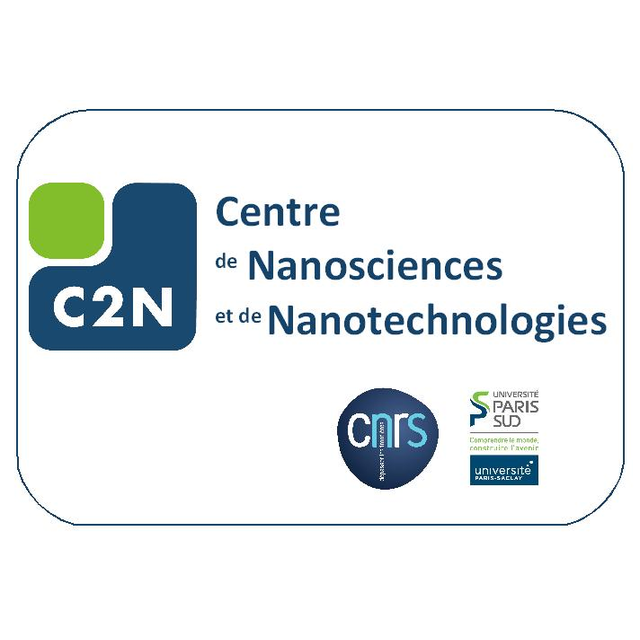
(in french)
C2N, Amphithéâtre, PalaiseauPhD defense
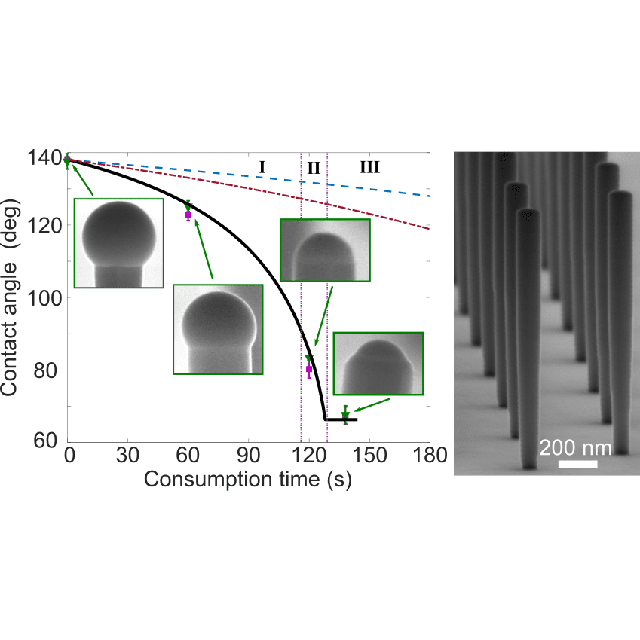
Diameter engineering in III-V nanowire heterostructures - Experiments and modelling
C2N, Amphithéâtre, PalaiseauPhD defense
Jury members
M. Jean-Noël AQUA, maître de conférences, HDR, Institut des Nanosciences de Paris, Sorbonne Université, Examinateur
M. Vladimir G. DUBROVSKII, professeur, Saint Petersburg State University et Institut Ioffe, Saint-Pétersbourg, Russie, Examinateur
Mme Anna FONTCUBERTA I MORRAL, professeure, Ecole Polytechnique Fédérale de Lausanne, Lausanne, Suisse, Rapporteur
M. Teemu HAKKARAINEN, senior research fellow, Tampere University, Tampere, Finlande, Rapporteur
M. Frank GLAS, directeur de recherche CNRS, C2N, Directeur de thèse
M. Jean-Chistophe HARMAND, directeur de recherche CNRS, C2N, Co-directeur de thèse
M. Fabrice OEHLER, chargé de recherche CNRS, C2N, Co-encadrant de thèse, membre invité
Abstract
III-V semiconductor nanowires are highly promising building blocks for various applications. However, the full potential of nanowire-based devices will only be realized if the nanowire physical properties, which are usually set right when these nanostructures are elaborated, can be precisely tailored. My thesis concentrates on self-catalyzed GaAs and GaP nanowires grown on a Si substrate by molecular beam epitaxy, in the Vapor-Liquid-Solid mode. I address experimental and theoretical issues related to the precise control of the diameter of a nanowire, in particular its deterministic modification during growth, and to the formation of heterostructures in nanowires. I first study the dynamics of the consumption of a Ga apical catalyst droplet under exposure to a phosphorous flux. By combining experiments and modelling, I establish the mechanisms that contribute to the continuous decrease of the droplet volume and calculate analytically the corresponding material currents. Implementing my model allows me to modulate locally the nanowire diameter in a controllable fashion, in a standard growth setup. I thus manage to form a thinner or a thicker nanowire segment with a stable diameter on top of a stem of the same material. The second part of my work is devoted to core-shell nanowires. The fabrication of such structures, based on lattice-mismatched materials, is required for many applications, but it may generate deleterious crystal defects. I first compute the geometrical limits for core radius and shell thickness, above which the formation of a first interfacial dislocation is energetically favorable (and under which one should thus remain). I then grow GaAs/GaP core/shell nanowires in a wide range of core radii and shell thicknesses and determine for each geometry if dislocations form or not. The comparison of my theoretical and experimental determinations of the critical dimensions for plastic relaxation shows that it is possible to grow much thicker defect-free shells than predicted. All these results open the way to the realization of complex structures in nanowires, which should reveal useful for basic physics as well as for applications.
Lien visio: https://cnrs.zoom.us/j/92368385974
ID de réunion : 923 6838 5974
Code secret : SS3Aft
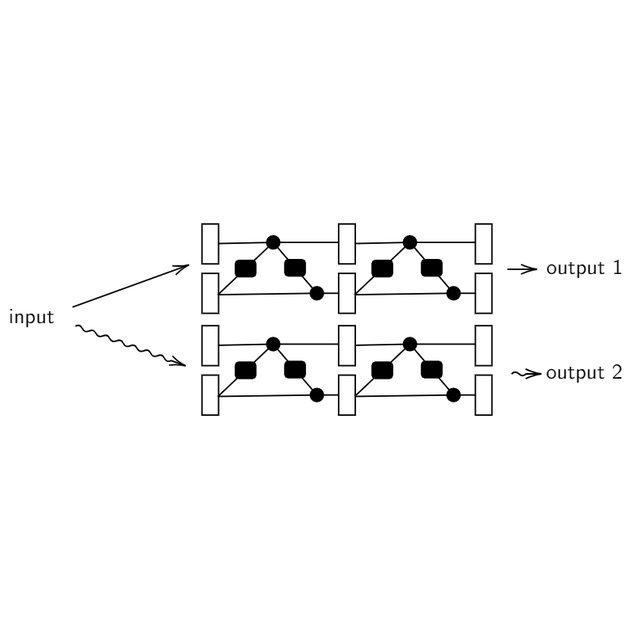
(in french)
C2N, Amphithéâtre, PalaiseauPhD defense
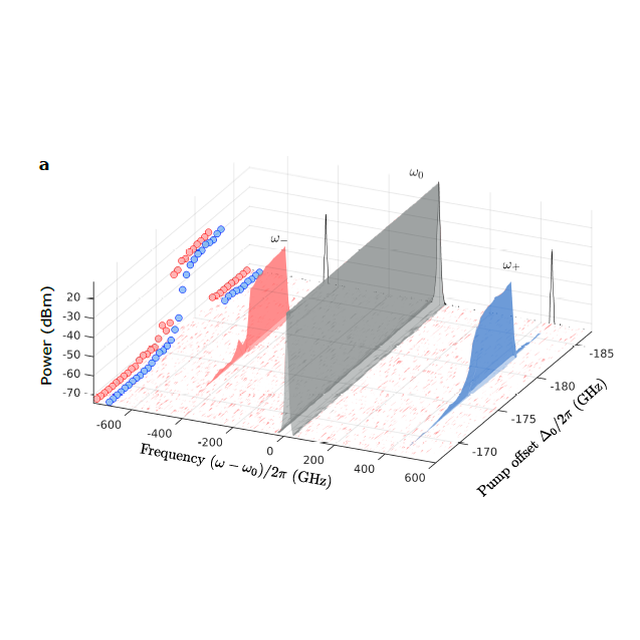
Four Wave Mixing in III-V semiconductor Photonic Crystal Cavities
C2N, Amphithéâtre, PalaiseauPhD defense
Jury members
M. Alfredo DE ROSSI, Directeur de thèse, Université Paris-Saclay GS Physique
M. Philippe BOUCAUD, Rapporteur, CNRS - CRHEA / Université Côte d'Azur
M. Dario GERACE, Rapporteur, Università di Pavia
M. Allard MOSK, Examinateur, Universiteit Utrecht
M. Xavier CHECOURY, Examinateur, Université Paris Saclay
Mme Christelle MONAT, Examinatrice, Ecole Centrale Lyon
M. Fabrice RAINERI, Co-encadrant de thèse, Université de Paris
M. Sylvain COMBRIE, Invité, Thales Research and Technology
Abstract
All optical signal processing could drastically reduce the power consumption and increase the data rates allowed by its electronic counterpart. This approach requires the integration of multiple photonics systems on a chip. Components exploiting parametric interactions can perform various tasks such as wavelength conversion, amplification, sampling and switching as well as provide non-classical state–of-light for quantum information. Nonlinear micro-resonators are attractive in order to reduce the footprint of the component and the power required to activate the nonlinear effects. Photonic crystals (PhC) cavities seem to provide a very interesting platform due to their ability to strongly confine light in a close to diffraction-limited volume. However, due to the difficulty to engineer the dispersion of the photonic crystal cavity modes, the nonlinear efficiencies have remained well below the theoretical maximum allowed by these structures. Based on the previous work realized by the research group, the aim of this thesis is to harness the potential of nonlinear PhC cavities.
The cavities studied in this work are by design the optical analogous of the quantum harmonic oscillator. When the photons are submitted to a parabolic electromagnetic potential, the modes of the cavity are equally spaced in frequency, which matches the energy conservation requirement for parametric interactions. However, the linear characterization of these resonators shows that the structural disorder induces a deviation on the targeted frequency that requires a compensation technique.
To tackle this issue, a thermal tuning process that exploits the inhomogeneous spatial distribution of the electromagnetic modes is introduced. It allows to systematically put the cavity in a triply resonant configuration. This tuning technique is used to observe stimulated and spontaneous four wave mixing with record efficiency. Parametric oscillation in a PhC cavity is demonstrated for the first time in a sample with higher quality factors.
A second platform is also developed, based on the hybrid integration of a PhC cavity on a silicon circuitry, with a very low footprint and high integration capability. Efficient four wave mixing is again observed using the same tuning technique.
Lien visio : https://u-paris.zoom.us/j/88469313083?pwd=cE5OTmdyS0lOZlVld0ROL21tOTNSUT09
Figure 1: First demonstration of parametric oscillation in a photonic crystal cavity
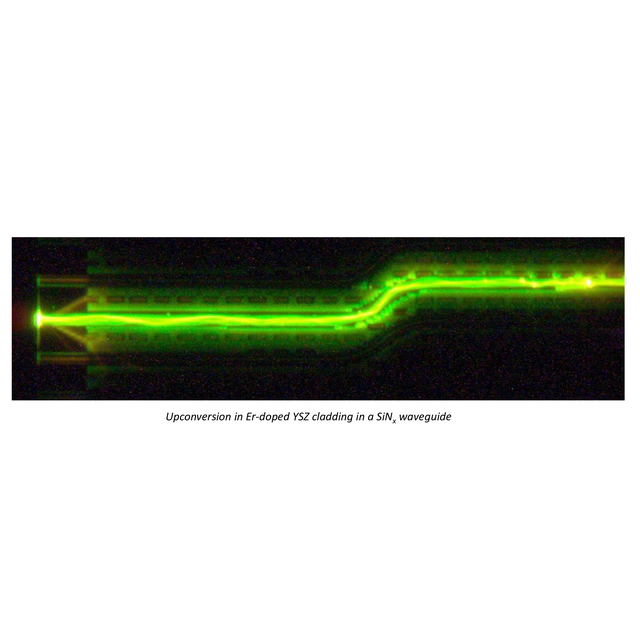
(in french)
Centre de Nanosciences et de Nanotechnologies, en visio, PalaiseauPhD defense
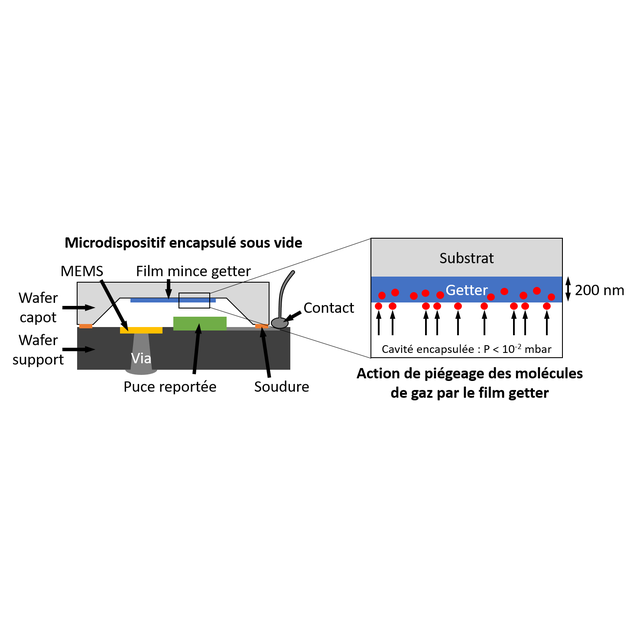
(in french)
Centre de Nanosciences et de Nanotechnologies, Amphithéâtre, PalaiseauPhD defense
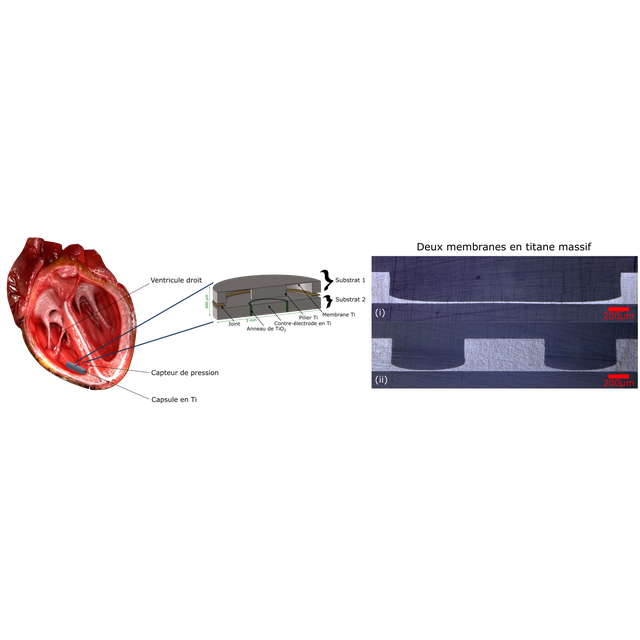
(in french)
Centre de Nanosciences et de Nanotechnologies, en visio uniquement, PalaiseauPhD defense
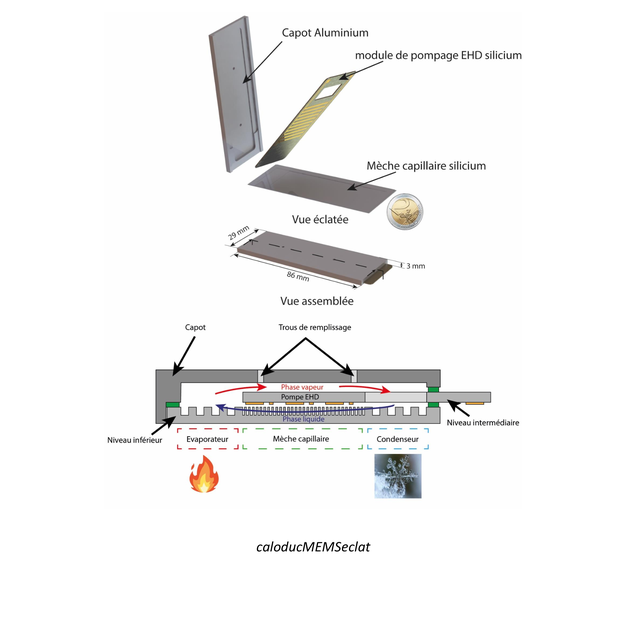
(in french)
Centre de Nanosciences et de Nanotechnologies, Amphithéâtre, PalaiseauPhD defense